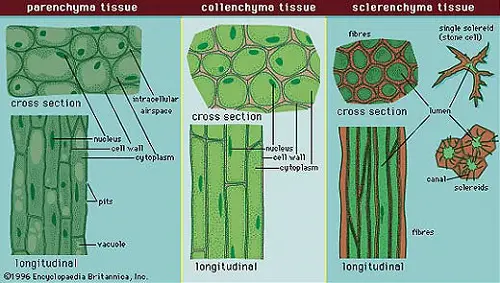
Collectively called ground tissue, parenchyma, collenchyma, and sclerenchyma are three types of simple, permanent tissues found in plants. As simple tissues, they are made up of single cell type, which form a homogenous, uniform cell mass in the plant’s body.
General Description
Parenchyma cells are the most abundant type of cells among simple tissues. Typically soft and succulent, these unspecialized cells are capable of entering into cell division when stimulated. Parenchyma cells have large central vacuoles that store water, ions, and waste products. (1) (2) (3) (4)There are several types of parenchyma cells according to their functions in the plant. Chlorenchyma cells, which contain a large number of chloroplasts, are involved in photosynthesis. They are found in the leaves and in other green parts of the plant body. Prosenchyma cells are elongated with tapered ends.
Arenchyma cells enclose large air-filled intercellular spaces, which help in the buoyancy and respiration of aquatic floating plants. Vascular parenchyma cells are associated with the vascular tissues xylem and phloem. Medullary parenchyma, which are radially arranged cells in between the vascular bundles in the stem, is meant for the storage of the plant’s food reserve. Conjunctive parenchyma cells are found in the root system and are particularly meant for water storage. Armed parenchyma is found in the leaves of some gymnosperms, which serves a defensive function. (8)
Collenchyma cells are living cells found in sub-epidermal cells. They are composed of cellulose and pectin, which make the cells unevenly thick. Collenchyma cells, which contain vacuolated (having one or more cell membrane-bound cavities inside a cells) protoplasts, which can’t be found in monocots, have four main types: angular collenchyma (thickened at intercellular contact points), annual collenchyma (uniformly thickened cell walls), lacunar collenchyma (found in the intercellular spaces of the plant body), and tangential collenchyma (found in ordered rows and thickens in the tangential face of the cell wall). The thickness of collenchyma cells is strongly influenced by the mechanical stress experienced by the plant. For example, collenchyma cells of plants that are constantly buffeted by winds may be 40-100% thicker than those which don’t experience the same. (2)(3)(5)
Sclerenchyma cells are specialized cells found in the mature parts of the plant body. These cells, whose walls consist of cellulose, hemicellulose, and lignin, are the supporting tissues in plants. Found in mature parts of plants, sclerenchyma cells are divided into two basic types: sclerenchyma fibers and stone cells. Sclerenchyma fibers are long (around 1-3 mm), with tapered ends. They occur in bundles, and are often used as materials for ropes, fabrics, and mattresses. Also called sclereids, stone cells have extremely thick cells walls.
They are small bundles with lumen that is either spherical, cylindrical, oval, or T-shaped. Sclereids form durable layers like the cores of apples and seed coats, and are further classified into four: brachysclereids, macrosclereids, osteosclereids, and astrosclereids. (2) (6) (7)Mature sclerenchyma is composed of dead cells that have very thick cell walls or secondary walls that make up to 90% of the whole cell volume. (3) (4) (5)
Shape
Parenchyma cells are isodiametric, which means they have several diameters that are nearly equal. The shape of these cells depend on the function they perform. In the leaves, they range from almost spherical and loosely arranged with large intercellular spaces to stellate or branched, reciprocally interconnected with neighboring cells at the end of their arms to form a three-dimensional network. (1) (3)
Collenchyma cells are polygonal in shape. (5) (3)
Sclerenchyma fibers are thick, elongated, spindle shaped cells with pointed tips while sclereids, which are a reduced form of sclerenchyma cells, are in the shape of a star. (3) (6)
Where the Cells Are Found
Parenchyma cells, which generally constitutes the “filler” tissue in soft parts of plants, are found in the seeds, flowers, fruits, leaves, stems, bulk, and roots.(1) (3)
Collenchyma cells are found in young parts of the plant body like the stems, leaves, and petiole.(3) (5)
Of the sclereids, which is a sub-type of sclerechyma cells, brachysclereids are found in the pulp of fruits, macrosclereids are found in the bark and seed coat of leguminous plants, osteosclereids are present in the seed coat and fruit walls, and astrosclereids are present in dicot leaves and gymnosperms. (3) (6)
Function
Parenchyma cells perform several functions. In leaves, these cells constitute the mesophyll and are responsible for photosynthesis as well as the exchange of gases.In roots and tubers, they store starch, proteins, fats, oils, and water. Parenchyma cells also perform wound repair and has the potential for renewed merismatic activity.
In addition, they are responsible for secretion as there are parenchyma cells that line the inside of resin ducts. Aeration is one of the specialized functions of these cells, which allows plants buoyancy and helps aquatic plants float. (1) (2) (3) (4)
Collenchyma cells provide structural support to growing shoots and leaves. (2) (3) (5)
Sclerenchyma cells have hard, thick walls that make them important in strengthening and supporting the plants that have ceased elongation. More specifically, sclerenchyma fibers support plant parts and help in the dispersal of fruit and seeds while sclereids provide strength as well as support to the plant and protect from damages. (2) (3) (4) (7)
Summary of differences:
| Characteristics | Parenchyma | Collenchyma | Sclerenchyma |
| Specialized/Unspecialized | unspecialized | specialized | specialized |
| Thickness of the cell walls | thin | unevenly thick | very thick |
| Type | produces permanent tissues, which can achieve meristematic activity when stimulated | produces permanent tissues, which can achieve meristematic activity when stimulated | produces permanent tissues, without the ability of dividing |
| What constitutes the cell walls | cellulose | cellulose and pectin | waterproofing lignin |
| Presence of intercellular space | There is intercellular space between the cells. | There is little to no intercellular space between the cells. | There is no intercellular space between the cells. |
| Where the cells are found | in every soft part of the plant such as the fruits, flowers, leaves, pulp and pith of the stems, as well as the bark | in the young stems, petioles, and leaves | in the mature parts of the plant like woody plants and herbaceous perennials |
| Functions | photosynthesis, secretion, and storage | providing mechanical support to the plant | providing mechanical support and protection to the plant as well as transporting water and nutrients |
| Shape | ranges from almost spherical and loosely arranged with large intercellular spaces to stellate or branched | polygonal | fibers – elongated, spindle shaped cells with pointed tips
sclereids – star-shaped |
| State of cells at maturity | living | living | dead |
| Main types | chlorenchyma
prosenchyma arenchyma vascular parenchyma medullary parenchyma conjunctive parenchyma armed parenchyma |
angular collenchyma
annual collenchyma lacunar collenchyma tangential collenchyma |
sclerenchyma fibers sclereids or stone cells |
Understanding the differences among parenchyma, collenchyma, and sclerenchyma cells will give you a better appreciation of just how complex even the simple plants are.

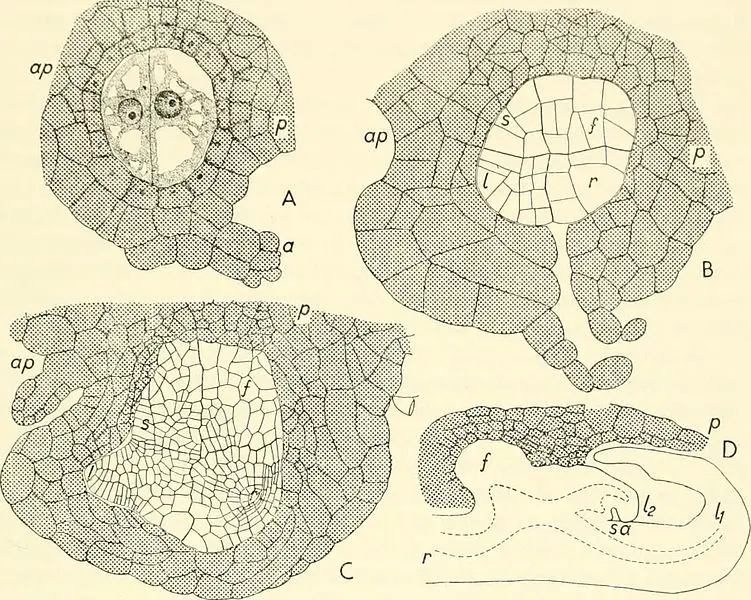

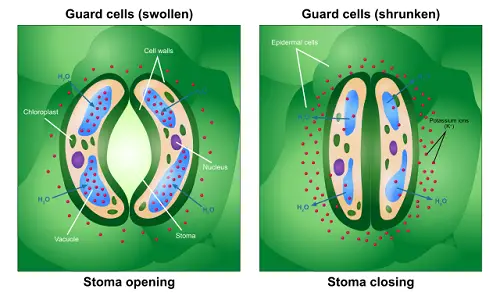
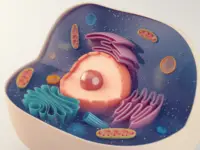
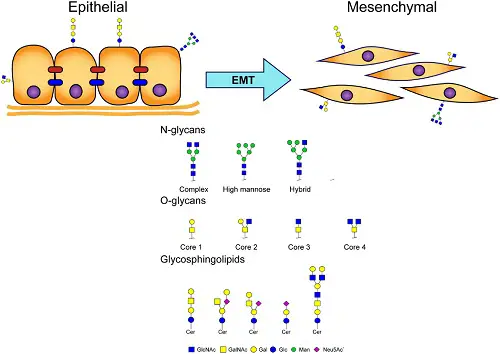






Leave a Reply